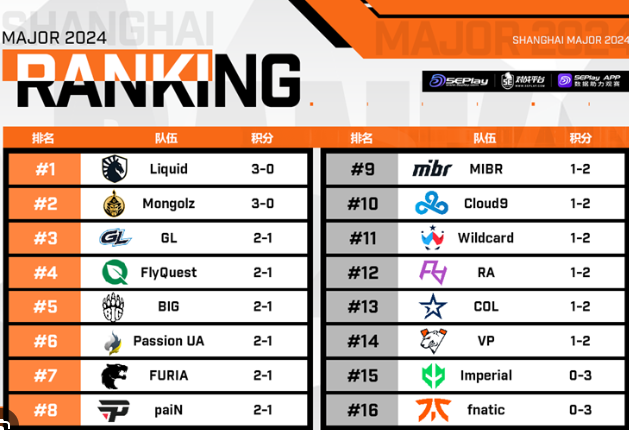
The Origin of Christmas: A Historical Journey Through Time
Christmas is a beloved holiday celebrated worldwide with joy, generosity, and a sense of community. From festive decorations and gift-giving to family gatherings and religious services, Christmas has evolved into a season of celebration that transcends cultures and religions. But where did Christmas come from? What are the origins of the traditions that have become synonymous with this festive time of year? In this article, we will explore the origins of Christmas, tracing its roots back to ancient times, and understanding how it became the holiday we know today.
The Early Beginnings of Christmas: The Winter Solstice
Before Christmas was celebrated as the birth of Jesus Christ, many cultures around the world celebrated the winter solstice, which occurs around December 21st or 22nd, the longest night of the year. This event marked the rebirth of the sun, and ancient civilizations held festivals to honor this celestial event. The celebration of light returning after the darkest day of the year was a universal theme in various cultures.
The Roman Festival of Saturnalia
In ancient Rome, the festival of Saturnalia was a major holiday that took place in mid-December, typically from December 17th to December 23rd. It was a time of feasting, merrymaking, and revelry in honor of Saturn, the Roman god of agriculture. During Saturnalia, social norms were relaxed, and roles were often reversed: slaves and masters would switch places, and gifts were exchanged. People decorated their homes with greenery, a custom that later influenced Christmas tree decorations.
Saturnalia was a joyous time, full of public celebrations and festive gatherings, and it contributed to many of the customs we associate with Christmas, such as feasting, decorations, and the exchange of gifts.
Norse and Celtic Traditions
In Northern Europe, particularly among the Norse and Celts, the winter solstice was celebrated with the festival of Yule. The Norse believed that the god of the sun, Baldur, was reborn on this day. The tradition of burning a Yule log was born from these ancient celebrations, symbolizing the warmth and light of the returning sun. The Yule log tradition eventually influenced modern Christmas customs, such as the Christmas tree and festive decorations.
Similarly, the Celts celebrated the winter solstice with rituals that marked the transition from darkness to light. They decorated their homes with mistletoe, holly, and ivy, which were believed to have protective qualities. These plants became closely associated with Christmas decorations, and the tradition of kissing under the mistletoe continues to this day.
The Birth of Christ and the Christian Roots of Christmas
The origins of Christmas as a Christian holiday are traced to the birth of Jesus Christ. While the exact date of Jesus' birth is unknown, early Christians chose December 25th to celebrate His birth, likely in an effort to replace the pagan festivals that had long been held around the same time.
The Adoption of December 25th
The choice of December 25th as the date of Christ's birth was not arbitrary. In the 4th century, Pope Julius I officially declared December 25th as the day to celebrate the Nativity of Christ. This date may have been chosen to coincide with or replace existing pagan festivals, such as Saturnalia and the Roman celebration of Sol Invictus (the Unconquered Sun), which were held around the same time. By aligning the birth of Christ with the sun’s rebirth, early Christians symbolized the arrival of the true “light of the world.”
While early Christians did not focus heavily on celebrating Jesus' birth, the festival grew in prominence over the centuries, especially as Christianity spread throughout Europe. By the Middle Ages, Christmas had become a major religious celebration, marked by church services and feasts.
The Role of St. Nicholas
One of the most influential figures in shaping Christmas traditions is Saint Nicholas, a 4th-century Christian bishop from Myra, located in modern-day Turkey. Saint Nicholas was known for his generosity, particularly his habit of secretly giving gifts to the poor and needy. He became the patron saint of children, sailors, and merchants, and his feast day, celebrated on December 6th, was a major occasion in many Christian communities.
As the story of Saint Nicholas spread, he became a central figure in European Christmas celebrations. In the Netherlands, Saint Nicholas was known as Sinterklaas, and Dutch settlers brought the tradition of Sinterklaas to America in the 18th century. Over time, the image of Sinterklaas evolved into the modern-day Santa Claus, complete with his red suit, white beard, and jolly demeanor.
The Evolution of Christmas Traditions
As Christianity spread and merged with local customs, Christmas became a time of both religious observance and festive celebration. Over time, many secular and cultural practices were incorporated into the holiday, transforming it into the global event we recognize today.
Medieval and Renaissance Christmas Celebrations
In medieval Europe, Christmas was a time of feasting, merriment, and religious observance. The Christkind (Christ Child) played a central role in these celebrations, and it was common for people to hold processions and participate in mystery plays, reenacting the Nativity story.
During the Renaissance, the tradition of decorating homes with holly, ivy, and other greenery became popular, and the first Christmas trees were introduced in Germany. These trees were often adorned with candles and ornaments, symbolizing the light of Christ. The custom of decorating a Christmas tree spread to other parts of Europe and, eventually, to the United States.
The Birth of Modern Christmas Traditions
The modern image of Christmas as we know it today began to take shape in the 19th century. In 1823, the poem "A Visit from St. Nicholas" (better known as The Night Before Christmas) was published, and it helped solidify the image of Santa Claus as a jolly, rotund man who delivers gifts to children on Christmas Eve.
In the late 19th and early 20th centuries, the commercialization of Christmas grew rapidly. Christmas cards, decorations, and gifts became widely available, and businesses began to capitalize on the holiday season. The rise of department stores in the U.S. played a major role in popularizing Christmas shopping, and it soon became one of the most commercially significant holidays of the year.
The Global Celebration of Christmas
Today, Christmas is celebrated in countries all over the world, each with its own unique customs and traditions. While the religious significance of Christmas remains central to many people’s celebrations, for others, it has become a secular holiday focused on family, charity, and giving.
In addition to traditional religious observances, people exchange gifts, decorate Christmas trees, and enjoy festive meals with loved ones. The commercialization of Christmas, while often criticized, has also helped spread the joy of the season to millions, making it one of the most widely recognized and celebrated holidays in the world.
Conclusion: The Timeless Spirit of Christmas
The origins of Christmas are a blend of ancient pagan rituals, Christian traditions, and evolving cultural practices. From its humble beginnings as a winter solstice celebration to its transformation into a global holiday, Christmas has grown into a time of unity, joy, and reflection.
While the way Christmas is celebrated may vary from culture to culture, the underlying themes of love, generosity, and hope remain constant. Christmas is a time to connect with loved ones, reflect on the past year, and look forward to the future with renewed optimism. Whether you celebrate Christmas for its religious significance or simply enjoy the festive traditions, the true spirit of the holiday is one that brings people together in celebration and goodwill.






